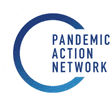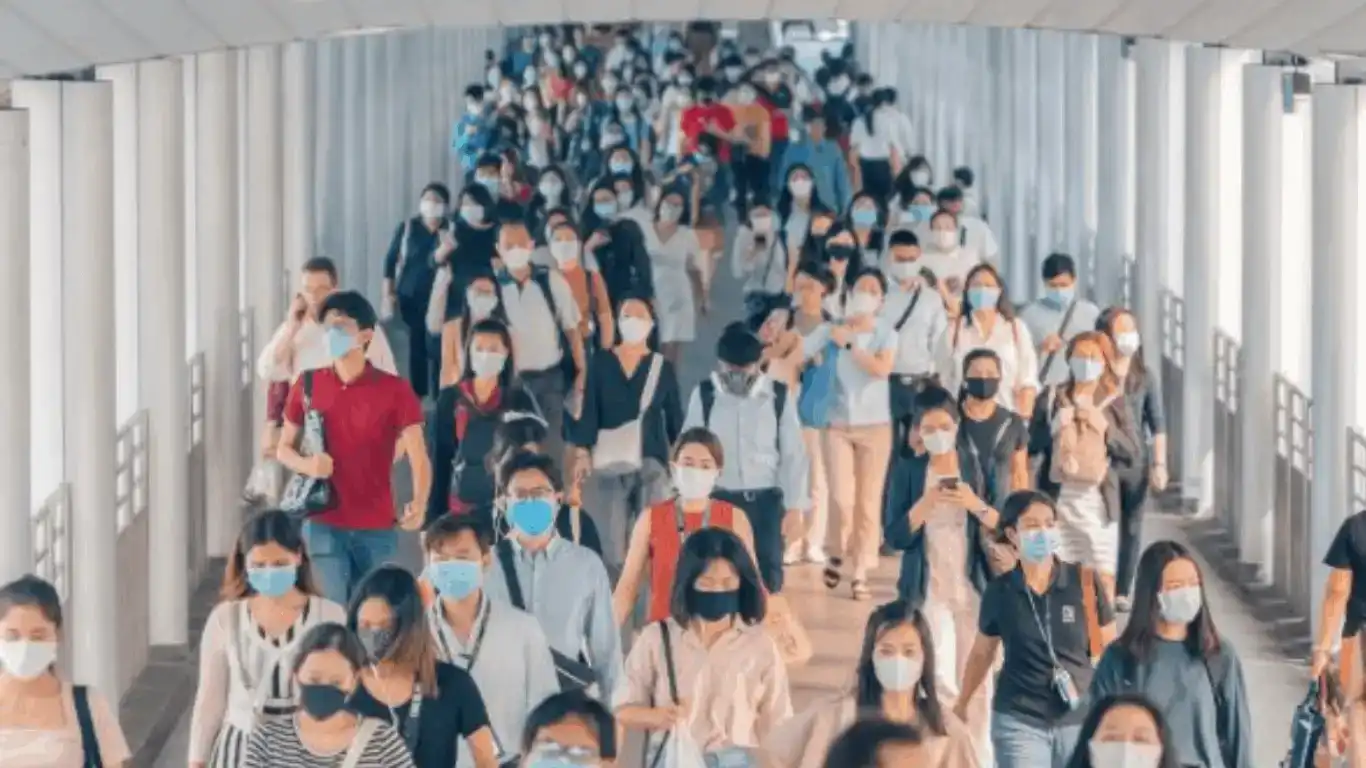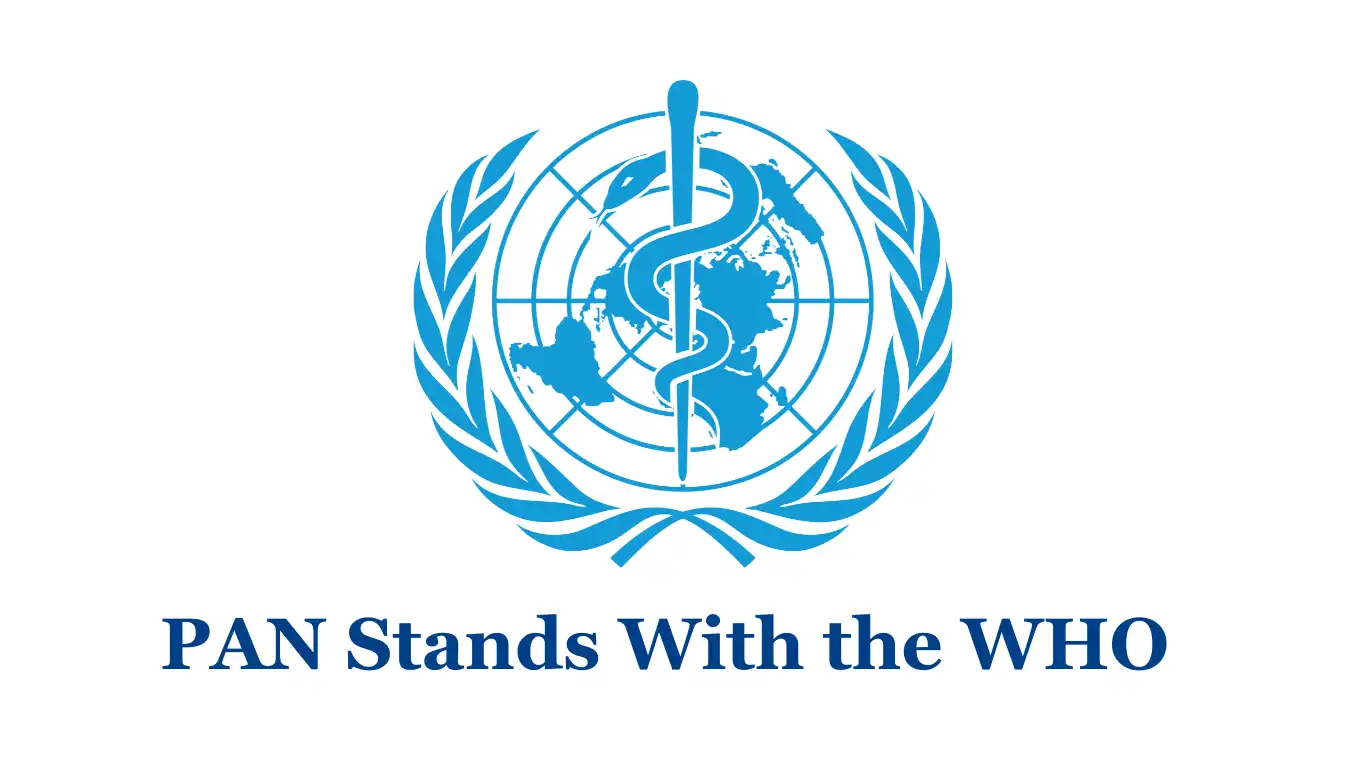By Amanda Glassman, Executive Vice President of Center for Global Development, CEO of CGD Europe, and Senior Fellow, and Carolyn Reynolds, Co-Founder, Pandemic Action Network
This past weekend, the High-Level Independent Panel on Financing the Global Commons for Pandemic Preparedness and Response delivered a stark warning in its report to the G20 Finance Ministers and Central Bank Governors meeting in Venice: With the near certainty of an even more deadly and costly pandemic than COVID-19 occurring within the next decade, the clock is ticking to ramp up investments in international preparedness. A central feature of the Panel’s recommendations: Create a Global Health Threats Fund that can provide at least US$10 billion annually to international institutions and to low- and middle-income countries (LMICs) governments, among others, to bolster the world’s capacity to prevent, detect, and rapidly respond to pandemics.
The investment case for pandemic preparedness could hardly be more compelling. At an unfathomable loss of more than 4 million lives and nearly US$20 trillion and counting, the human and economic costs of COVID-19 will be felt for a generation. And as the Panel concludes in its report, the next pandemic could be much, much worse.
In their communiqué, the G20 finance leaders “welcomed” the Panel’s report and agreed to form a task force to discuss the proposals and report out to G20 heads of state at their summit in October. Last month, G7 leaders also said they would “explore options for building consensus” around sustainable global health and health security financing.
______________
It is time to move beyond the talk and commit to an action plan
to establish and robustly finance a new Fund by the end of the year.
______________
Our message to all these leaders: It is time to move beyond the talk and commit to an action plan to establish and robustly finance a new Fund by the end of the year. This will provide a powerful engine to help LMICs and partner agencies at regional and international levels put an end to the current pandemic and lay the foundation to prepare, if not prevent, the next one.
There has been plenty of talk already. The Panel’s call for a new Fund emerged from hundreds of hours of discussions with governments and non-governmental organizations and from dozens of expert reports and analyses on what the world needs to do to be better prepared for pandemic threats, including many written well before COVID-19. It builds on the call in May by another independent panel to create an International Pandemic Financing Facility, which in turn builds on the March 2020 proposal by the Center for Global Development, the Center for Strategic and International Studies, Georgetown University and the Nuclear Threat Initiative for a Global Health Security Challenge Fund that has been championed by a wide array of partners through the Pandemic Action Network. The Global Preparedness Monitoring Board has repeatedly stressed the need for sustainable preparedness financing and the U.S. Congress has also weighed in.
We know what needs to be done. COVID-19 has shown us that pandemics are complex and sometimes unpredictable health, humanitarian, economic, and national security crises that require a multi-sectoral, whole-of-government, and global response. But we can contain or even prevent potential pandemics at their source — and thus dramatically reduce their human and economic costs — with investments in three priority global public goods where there are acute health security gaps.
- First, we must build a strong and reliable domestic and international surveillance and data networks for early detection of emerging pathogens with pandemic potential, including zoonotic spillovers.
- Second, we should ensure that every country, regardless of income, has achieved a minimum level of pandemic readiness, including a trained frontline health workforce and infrastructure capable of effective infection prevention and control and stress-tested systems that can stop outbreaks from spreading.
- Third, we must accelerate the development, ever-ready manufacturing, global delivery, and universal access of medical countermeasures and supplies like vaccines, diagnostics, therapeutics, personal protective equipment, oxygen, and other lifesaving tools to ensure rapid responses to preclude severe shortages anywhere and avoid prolonging a pandemic everywhere.
Predictable, long-term financing for the World Health Organization (WHO) is essential to help bring these three priorities together.
The need for additional financing for preparedness is most acute in the poorest countries with the weakest health systems, which have been further battered by COVID-19. Many of these countries are now experiencing a deadly third wave of this pandemic as thus far they have only been able to secure and deliver enough vaccines to cover a tiny percentage of their populations, and their medium-term economic and health financing outlook is poor. Catalytic external financing thus becomes even more important, as most of these governments will continue to have limited fiscal space for the foreseeable future and few incentives to prioritize domestic investments in pandemic preparedness over other pressing development needs. Even middle-income countries face high opportunity costs in the use of very scarce public resources and systematically underinvest in preparedness. And one country’s outbreak, if not controlled, can quickly become everyone’s pandemic.
To address these challenges, the Fund should be structured to meet five imperatives:
- Additional, sustainable funding for prevention and preparedness. The Fund’s primary purpose must be to address the long-neglected global “crisis of preparedness” and create a robust multilateral source of financing to help LMICs and regional and global systems rapidly strengthen their frontline capacity to detect, prevent, and respond to emerging pandemic threats. This isn’t meant to be a global fund for all things health; it’s a global fund for health security to address a strategic gap in the global health architecture to prevent and prepare for emerging pandemic threats. Recent estimates of the annual costs of global preparedness from Georgetown University, McKinsey, and WHO (each using different parameters) range from US$5 billion to about US$25 billion over the next five years. Weighing the evidence, the G20 Panel thus determined that a minimum of US$10 billion in annual financing should be channeled through the new Fund, and that this must be additional to existing investments in other global health priorities. Like traditional military readiness, pandemic preparedness also requires sustained investment over time against both known and unknown threats.
- Country prioritization and ownership. One of the Fund’s top priorities should be to support LMICs to develop and implement National Health Security Action Plans to meet international surveillance and preparedness standards. Funding should incentivize countries to commit a growing share of their domestic budgets for preparedness by linking new grant financing to increased domestic resources as countries’ economies and fiscal space grows (hence our original “challenge fund” concept). As a benchmark, the Panel found that LMICs will need to increase their domestic budgets for health by at least one percent of GDP on average over the next five years. The Fund should aim to leverage as much on-budget financing for surveillance, preparedness, and response as possible, enabling country government oversight and accountability structures to function.
- Global burden sharing for a global public good. Pandemic preparedness is a global public good, so every country should contribute its fair share to help build a better prepared global system based on their ability to pay. Because pandemics pose a threat not only to health but also to economic and national security, governments should tap into other budgets beyond simply overseas development assistance. Following the September 11, 2001 attacks, the U.S. government enacted a special security fee for airline tickets which generated US$4 billion in 2017 alone. We need similar out-of-the-ordinary resource mobilization solutions to bolster pandemic readiness. It’s not only the public sector that should bear the cost, as every sector of society stands to benefit from a reduction in pandemic risk. The Fund should incorporate a financing model that can also mobilize philanthropy and leverage private capital (the latter for manufacturing efforts, for example). Amazon founder Jeff Bezos recently pledged US$10 billion to set up an Earth Fund to address climate challenges. Where is the corresponding pledge to tackle the global threat of pandemics (from which Amazon and many other technology firms have reaped record financial gains)?
- Financing for results. The Fund should work or merge with existing international initiatives such as the Global Health Security Agenda and create incentives for country government progress towards minimum preparedness thresholds, building on empirical data and drawing from the strengthened surveillance systems that the Fund will support. These thresholds should be based on widely agreed measurement indicators and frameworks including the WHO’s Monitoring and Evaluation Framework (to include Joint External Evaluations, States Parties Annual Report information, and other data) combined with other external measures such as the Global Health Security Index. While none of these measures were adequate when it came to predicting countries’ capacity to effectively contain COVID-19, the perfect shouldn’t be the enemy of the good, and work is already underway to look at how these measures can be strengthened in the wake of COVID-19. In general, it will be important to shift from process indicators of preparedness (such as a committee or a protocol) to performance indicators (such as the proposed 7-1-7 goal or the proposal for measures of completeness, accuracy, timeliness, and openness of mortality and disease surveillance data). In those fragile and conflict-affected states where the government cannot operate effectively, the Fund should enable international agencies and local non-governmental organizations to conduct surveillance and report on results.Another key element will be to make the Fund more than just a Fund: it should become a global hub for catalytic financing, technical assistance, and best practices that will spur the domestic planning and managerial capacities, surveillance quality, and accountability necessary to drive a “global race to the top” that will elevate and sustain political support for pandemic prevention and preparedness.
- Transparent and accountable governance: Given the proposed Fund’s magnitude of US$10 billion annually and the need for pooled funding for the global public good of prevention and preparedness, its governance should be overseen by a board which will determine priorities and gaps for financing in consultation with the WHO and other international agencies and have the flexibility to re-allocate if needed to respond to novel pathogens and specific circumstances. The Fund should also operate under a strong transparency and accountability framework and be informed by the knowledge and perspectives of civil society and community-based organizations and the private sector, who are vital partners in effective pandemic preparedness and response.
The Panel’s proposal structures the new Fund as a Financial Intermediary Fund (FIF). FIF arrangements can vary. In the lightest touch version of a FIF, the World Bank only performs the treasury functions and acts as trustee, similar to the role it plays for international funding entities like the Global Fund for AIDS, Tuberculosis and Malaria, the Green Climate Fund, and the Coalition for Epidemic Preparedness Innovations (CEPI), to name a few. Entities like the Global Environment Facility, the Global Partnership for Education, and the Climate Investment Funds are also FIFs with separate boards and procedures, but their Secretariats are hosted at World Bank headquarters and can leverage the Bank’s balance sheet and utilize its human resource and procurement processes. And other FIFs are more closely linked to the Bank’s operations and management structure, such as the Global Agricultural and Food Security Program (which sits in the Bank’s Agriculture global practice).
Of these options, the Panel proposed the creation of a new FIF modeled on the arrangements of the Global Environment Facility (GEF). The Panel reasoned that the scale of the resources required, the need for a single pool of funding that could allocate funds across governments, international agencies, and other entities, the need to work across sectors to achieve One Health goals, and the benefits of linking to World Bank, IFC or other MDB lending justified this choice. A new pandemic preparedness fund modeled on GEF would also represent a parallel to how the Bank and its member countries deal with climate change, another global public goods challenge. While there will be some transaction costs to set up the new Fund, the Panel concluded that retrofitting existing funding mechanisms would be an even more difficult and lengthy process than building an entity fit-for-purpose for pandemic preparedness. That said, financing should be deployed through existing institutions to the extent possible, and there are fund design and use options that can build into existing global and regional structures to minimize additional bureaucracy or novel procedures that would burden partners.
Some argue that mobilizing new investments for pandemic preparedness risks diverting or leaving underfunded the fight against COVID-19 or other existing infectious disease threats. This must not — and need not — happen. The world has more than enough resources to tackle these challenges simultaneously; it is a question of political will and leadership. We believe setting up a new Fund can be a triple win: For example, enhanced investments in disease surveillance and mortality registration, supply chains and delivery systems should help accelerate the COVID-19 response, deliver better results for HIV/AIDS, tuberculosis, malaria, polio, and other diseases, and get the world ready for the next deadly pathogen with pandemic potential.
COVID-19 is far from over around the world, and urgently requires a much more muscular global response with than we have seen to date. We must redouble efforts on an array of global health goals, where progress has been seriously disrupted by this pandemic. But the growing frequency of pandemics also means the world cannot afford to wait to mount the next major initiative to confront an existential crisis: the crisis of pandemic preparedness. We must be able to walk and chew gum at the same time. So it is time for world leaders to stop discussing and start acting. Set up the Fund now. Let’s end this pandemic and help prevent the next one.
Amanda Glassman is Executive Vice President of the Center for Global Development and CEO of CGD Europe, and she was co-lead of the project team for the High-Level Independent Panel on Financing the Global Commons for Pandemic Preparedness and Response. Carolyn Reynolds is co-founder of the Pandemic Action Network, a senior associate at the CSIS Global Health Policy Center and an adviser to the CGD project team. The opinions expressed in this article are those of the authors and do not necessarily reflect the views of the Panel.



